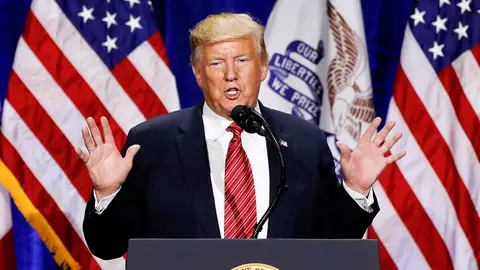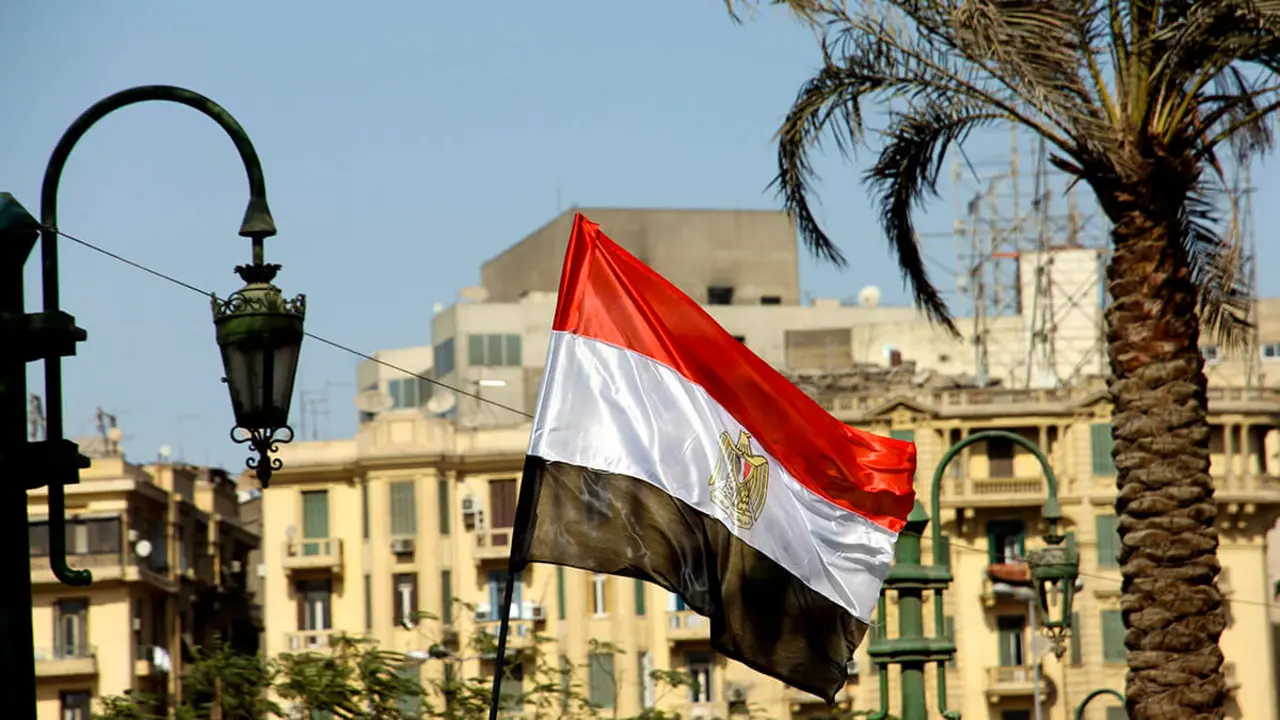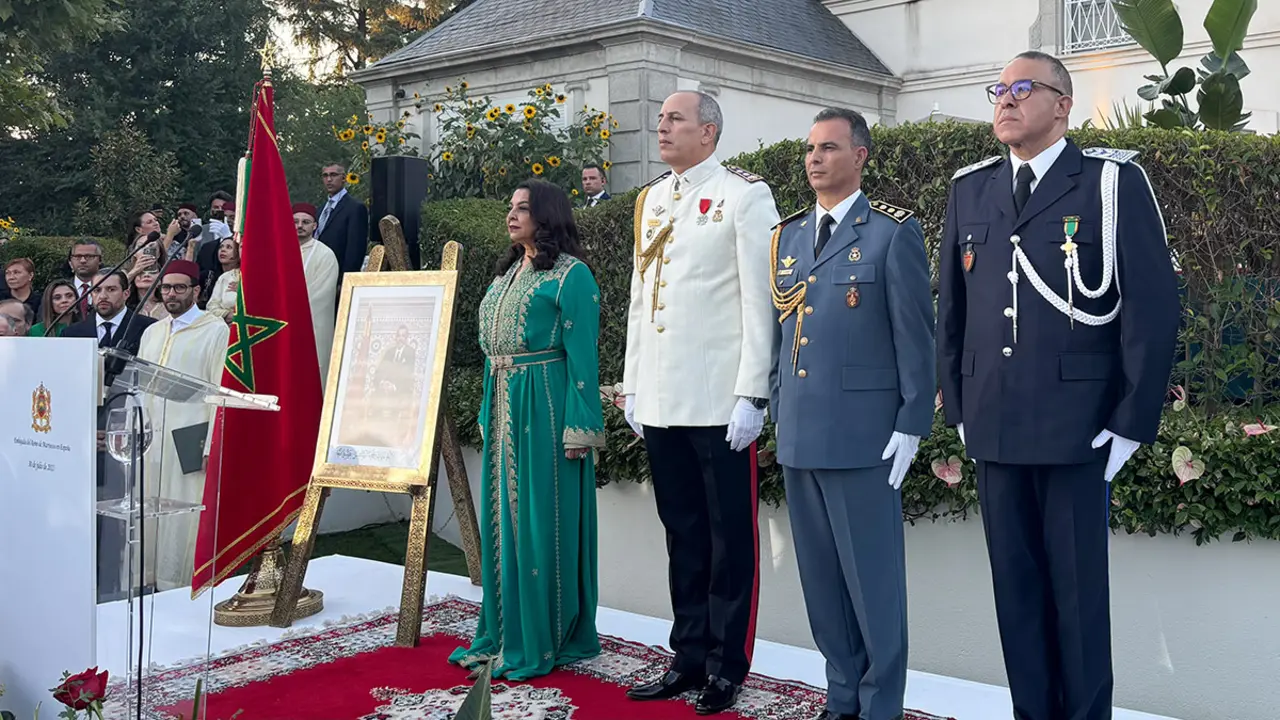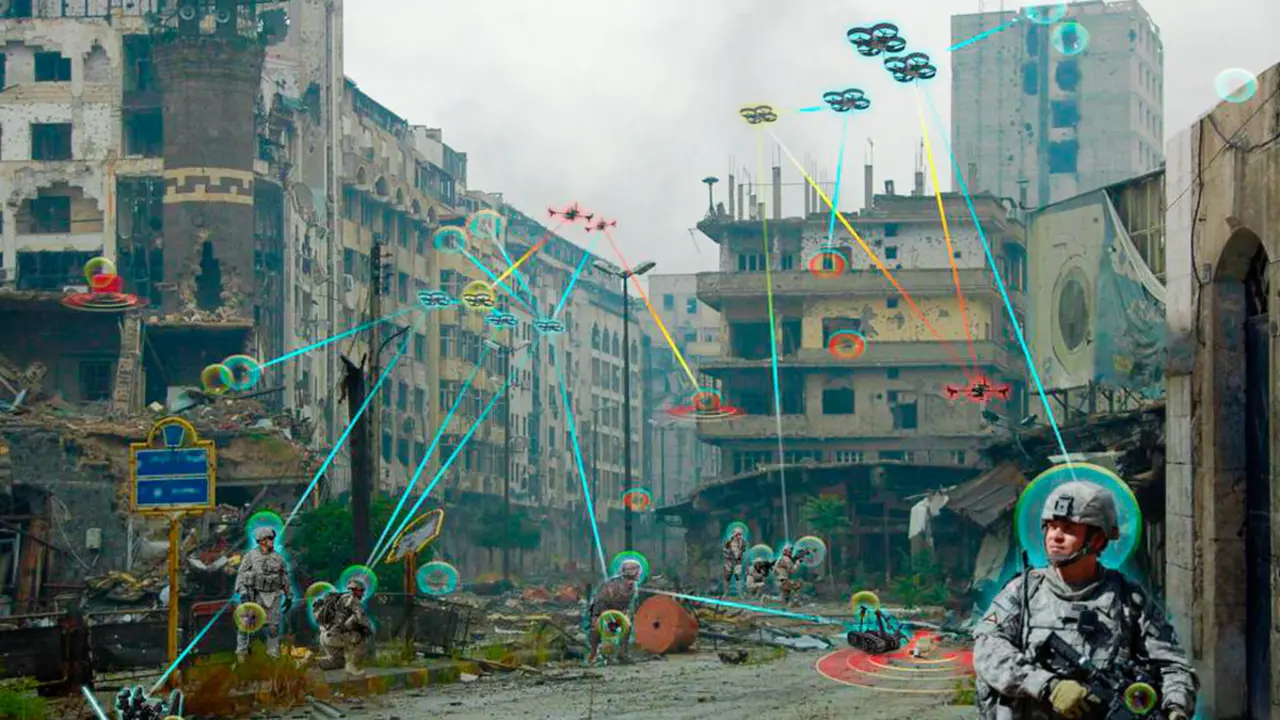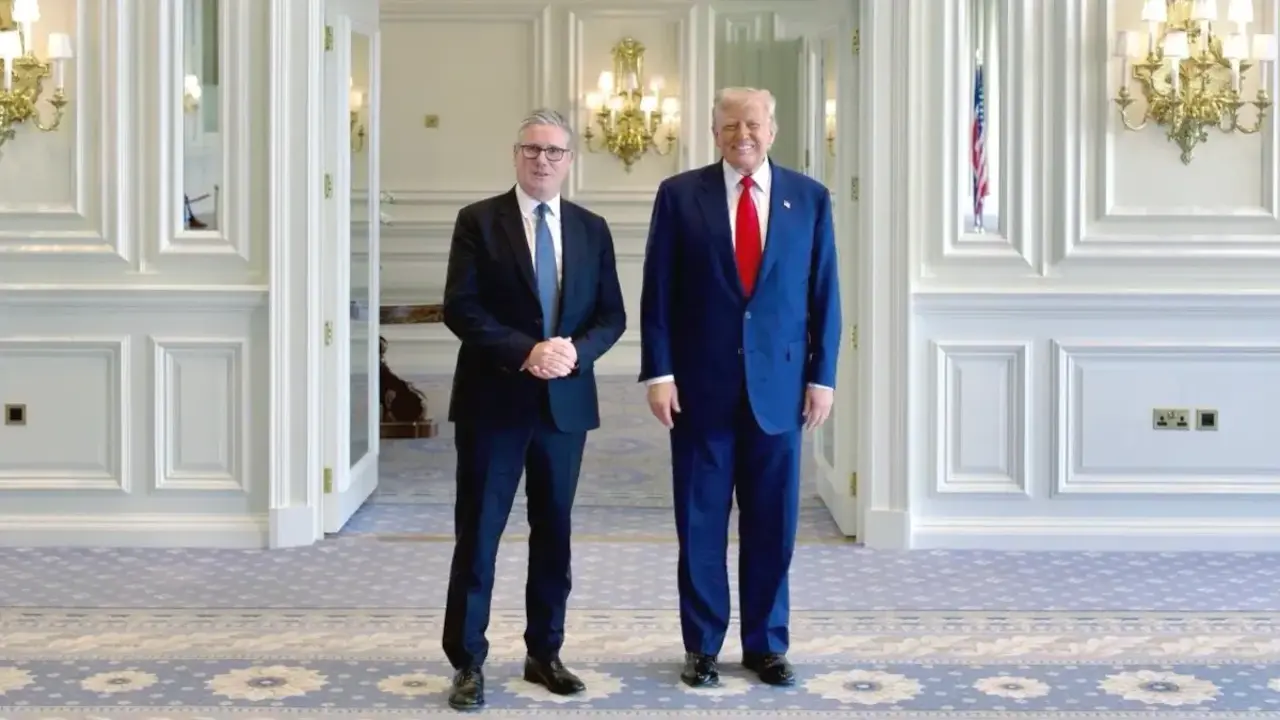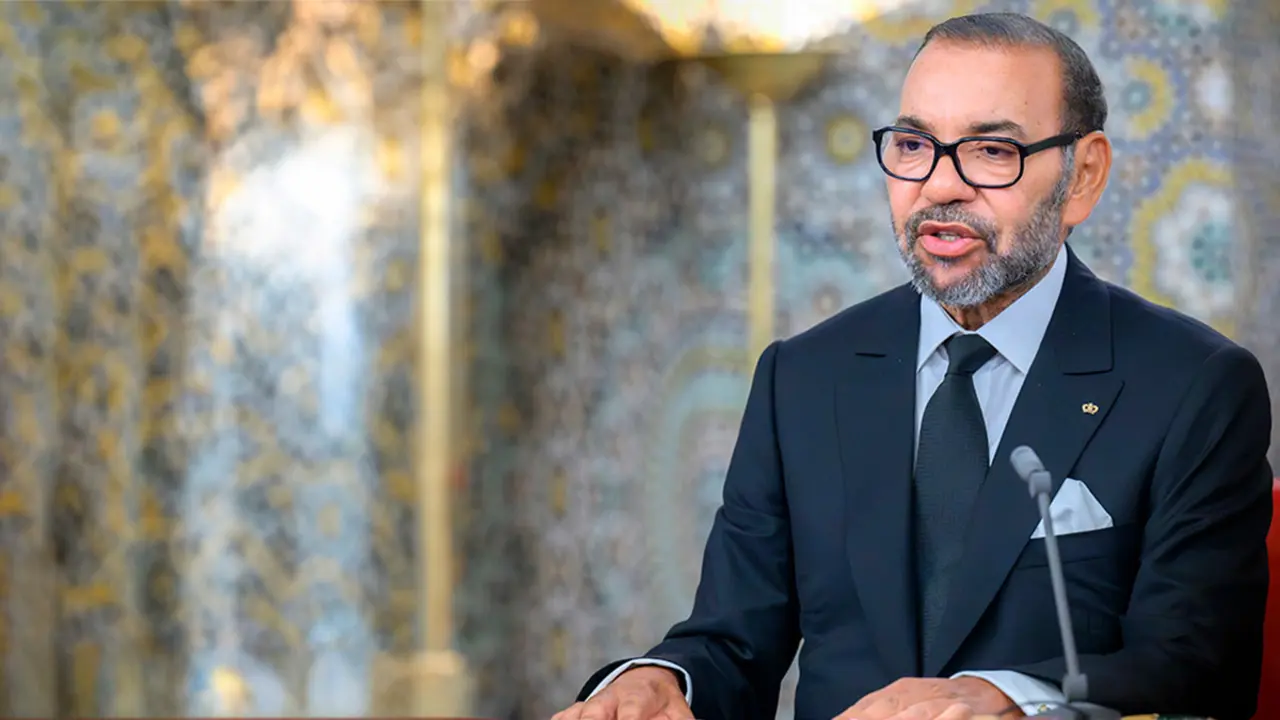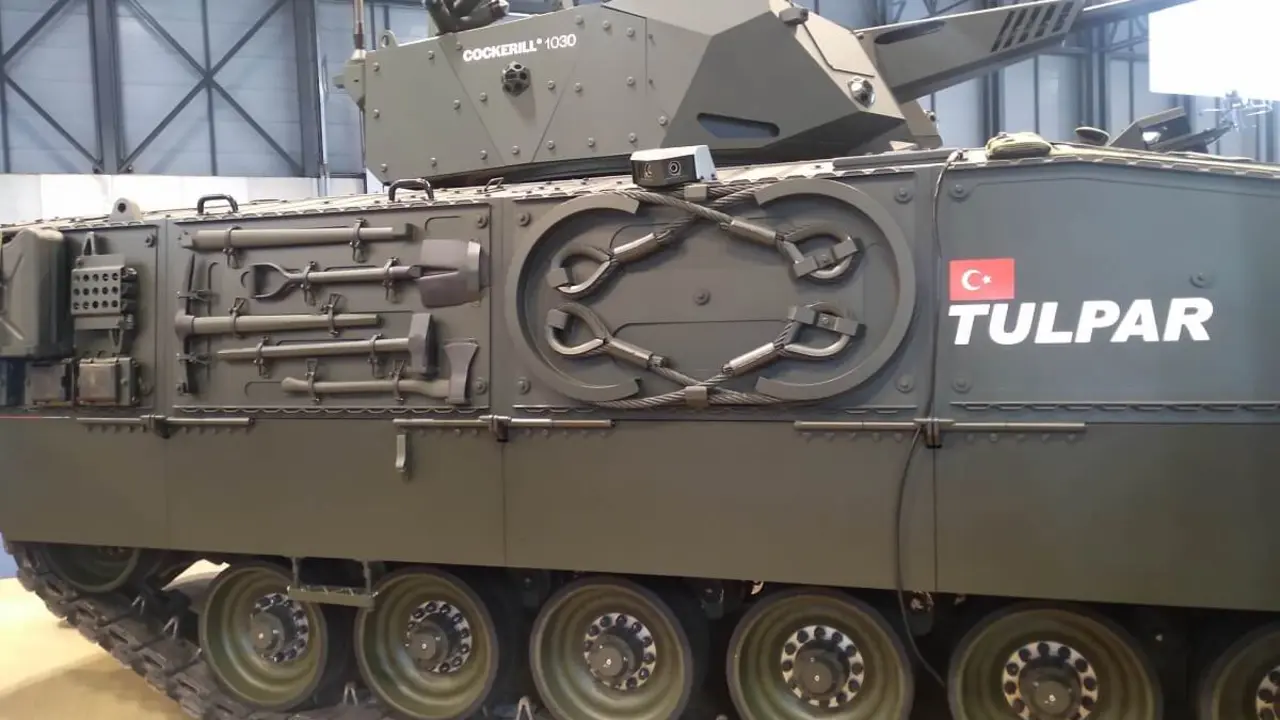Iran proposes to disarm its regional allies in exchange for an end to Washington's ‘maximum pressure’
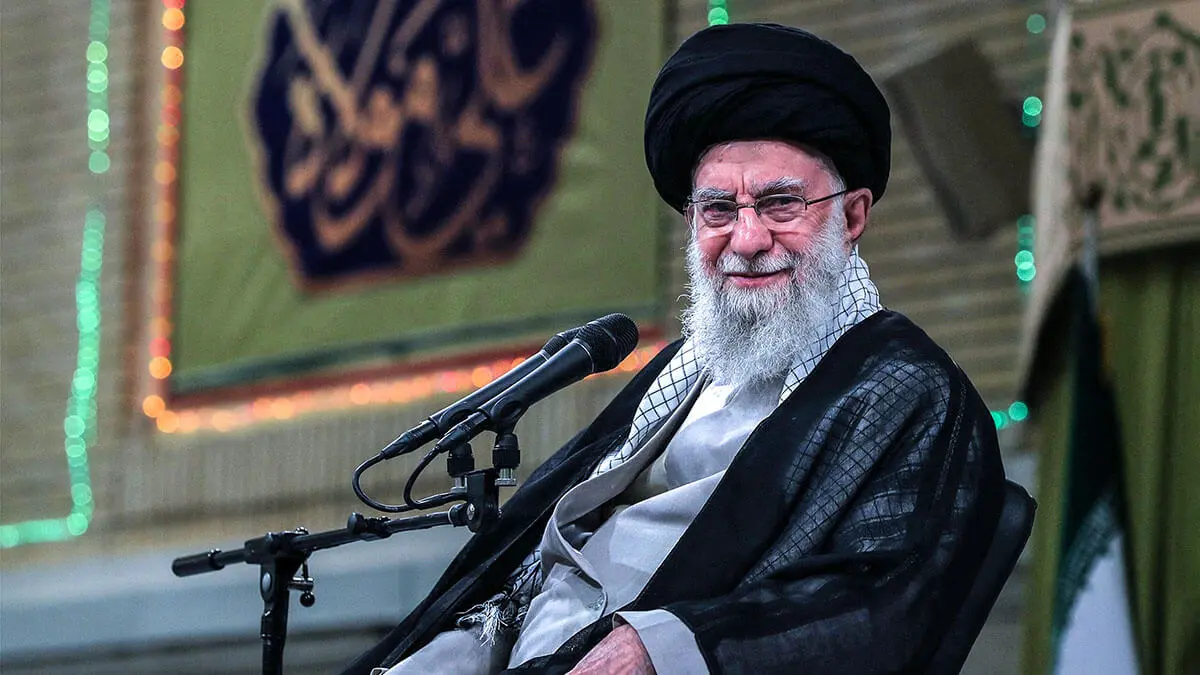
At the meeting held last Saturday in Muscat between the United States and Iran, the Iranian delegation put forward a proposal that includes a reduction in military support for its regional allies in exchange for Washington abandoning the policy of ‘maximum pressure’ imposed by President Donald Trump.
This gesture is part of a strategy calculated by Tehran to avoid direct confrontation with Washington, which since Trump's return to the White House has toughened its rhetoric against the Iranian regime.
Based on this proposal, Iran would be willing to freeze the armed activities of groups such as Hezbollah in Lebanon, the Houthis in Yemen and the Popular Mobilisation Forces (PMF) in Iraq, according to sources close to the negotiations cited by Al-Arab. The Iranian delegation informed the US representatives of its capacity to exercise control over its allies and guarantee a cessation of hostilities, on condition that progress is made towards a comprehensive solution on issues such as the nuclear programme, economic sanctions and Israeli attacks.
Hezbollah, PMF and Houthis: the three fronts of disarmament
The most visible reconfiguration is taking place in Lebanon, where Hezbollah has begun to withdraw military positions in the south of the country, amid internal and international pressure. The Lebanese president, Joseph Aoun, has proposed the gradual integration of the group's combatants into the Lebanese Armed Forces (LAF), emphasising that the model of the PMF in Iraq, where the pro-Iranian militias retained de facto autonomy, will not be replicated. ‘Hezbollah members can join the army as individuals, not as an armed bloc,’ Aoun said.
Allowing an exclusive Hezbollah unit within the army would undermine the country's institutional structure. As David Wood, an analyst at the International Crisis Group, explains to AFP, ‘disarmament or full integration under state command is essential to maintain Lebanon's sovereignty’.
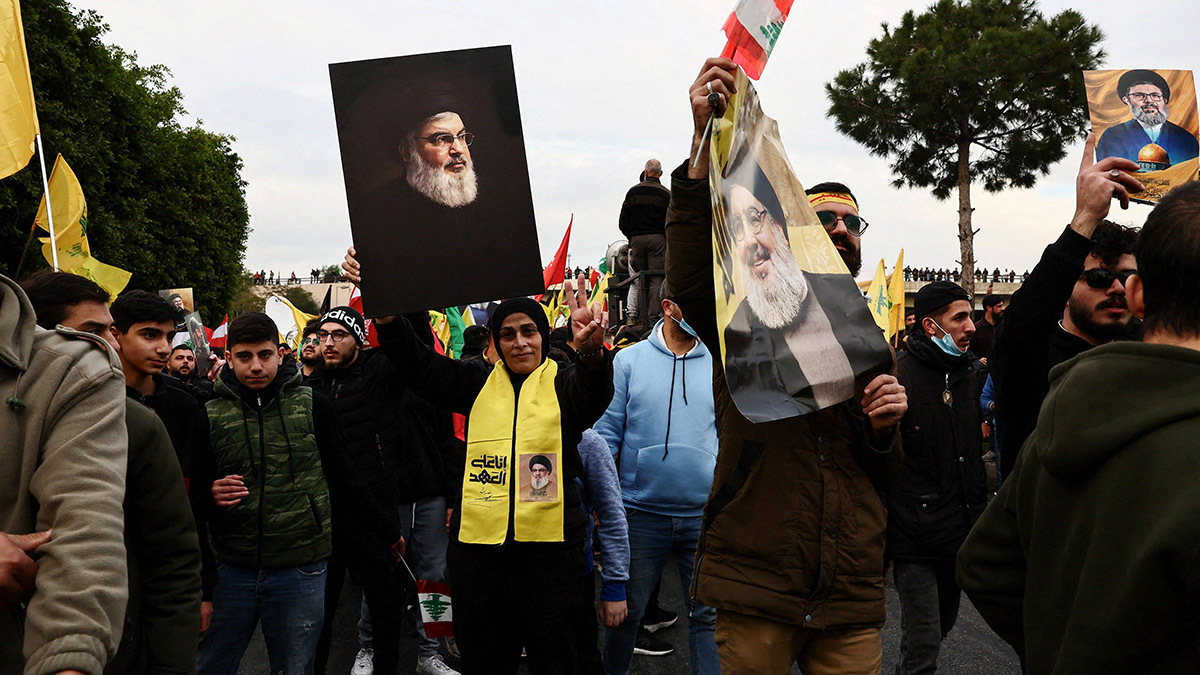
Meanwhile, in Iraq, Iran is encountering less resistance. The PMF —Shiite militias allied to Tehran— are already operating in coordination with the Iraqi army. This would allow for a tactical reconfiguration: reducing their armed visibility without losing operational capacity. The Iranian strategy focuses on preserving influence while partially meeting Washington's demands.
In Yemen, the case is more complex. The Iranian regime has already begun to withdraw military personnel from the country amid the US military offensive, The Telegraph revealed in early April. A senior Iranian official said the move was aimed at preventing US air strikes from hitting high-ranking officers, as happened in 2021 with the assassination of General Qassem Soleimani in Baghdad, something that would further increase tensions between Washington and Tehran.

Real disarmament?
Despite the proposal presented, there is still some scepticism about Iran's intentions. While the disarmament plans are real, there is a risk that Tehran will use them as a temporary tool and resume its support for armed groups when the geopolitical landscape changes.
The Iranian supreme leader, Ali Khamenei, has authorised the inclusion in the negotiations of the issue of military support for regional allies, with the possibility of conditioning its withdrawal on concrete progress in the nuclear talks.
Within Iran, the consensus is to avoid direct confrontation with the United States, especially under the Trump administration, which is seen as unpredictable and willing to attack strategic targets without warning. The possibility of new targeted assassinations, such as that of the Quds Force commander or senior officers in Damascus, has reinforced the need to reduce risks and avoid provocations that would force an unwanted Iranian military response.
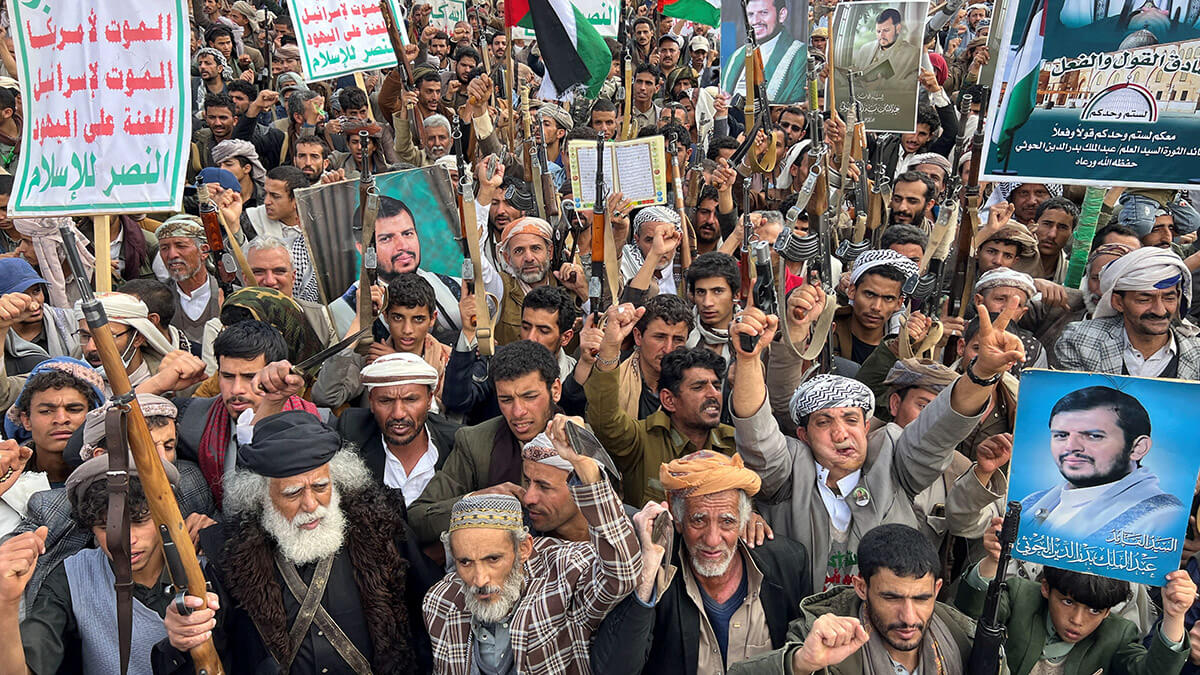
On the other hand, despite the withdrawal, Iran would maintain channels of covert support, particularly towards the Houthis, using alternative networks of Chinese smuggling and arms. The reduction in public support would not mean a total break with its allies, but a transformation of its forms of support.
Meanwhile, the United States is stepping up the pressure against the pro-Iranian militias. During a recent visit to Lebanon, the Deputy Special Envoy for the Middle East, Morgan Ortagus, reiterated the demand to disarm all active militias, including Hezbollah, ‘as soon as possible’.
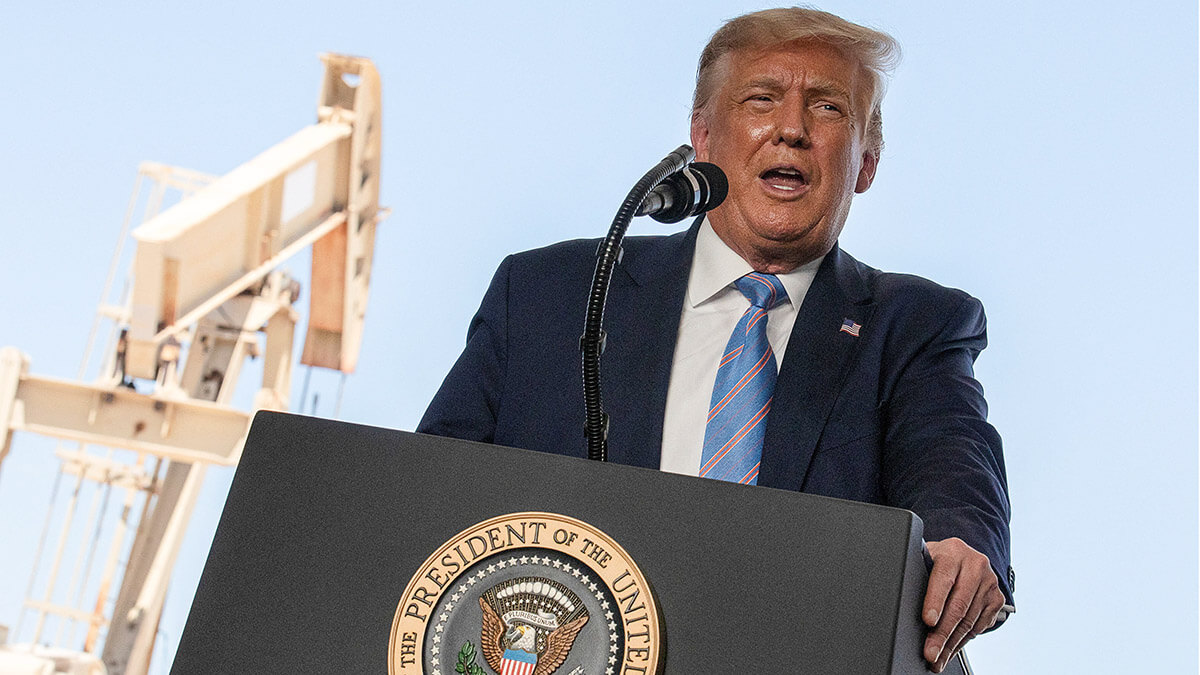
In the midst of this uncertain regional scenario, and with Trump back in the White House, Iran seems to be favouring prudence and diplomacy with the aim of avoiding a direct confrontation with Washington without renouncing its network of influence in the Middle East.
In Tehran, the political and military leadership assesses that the Trump administration could be a passing storm. They are confident that, if they manage to get through these four years with containment measures, a future US administration, presumably less aggressive, will offer a wider margin for manoeuvre. In the meantime, the priority is to buy time, preserve strategic alliances and keep the door to negotiation open without exposing themselves to an escalation that could have irreversible consequences for the regime.

